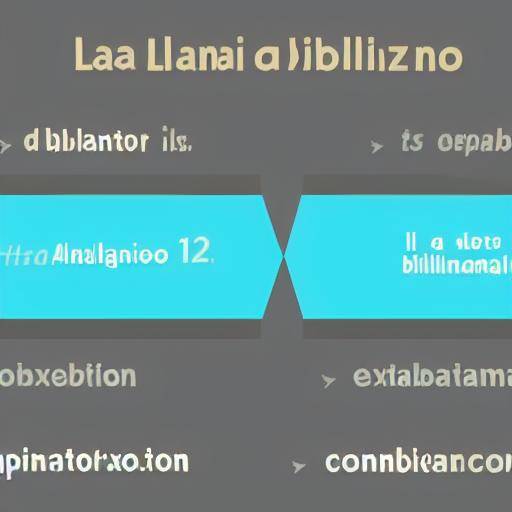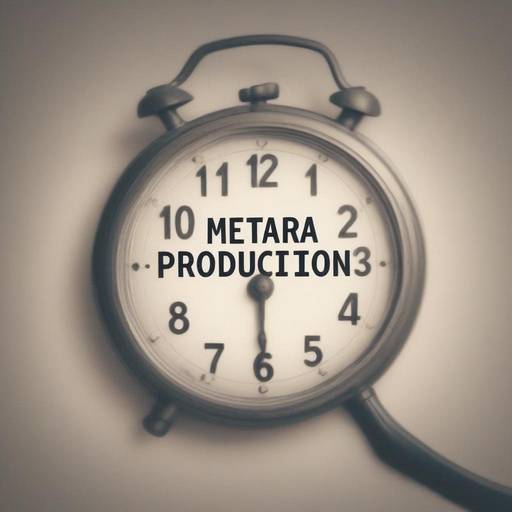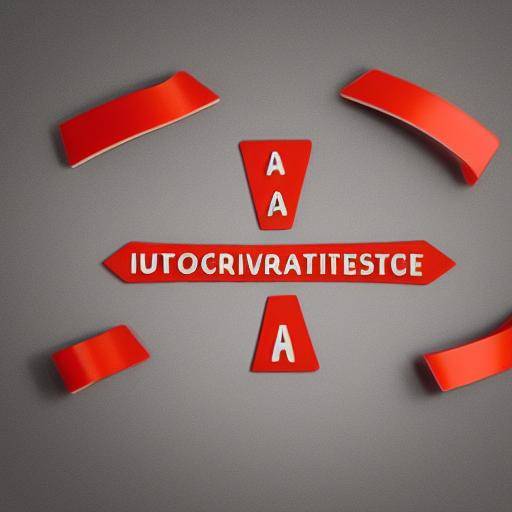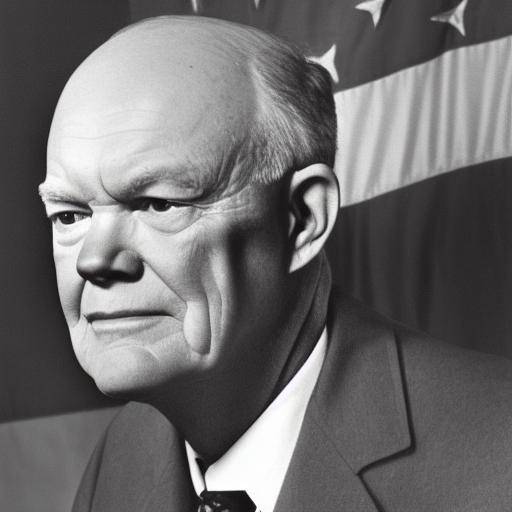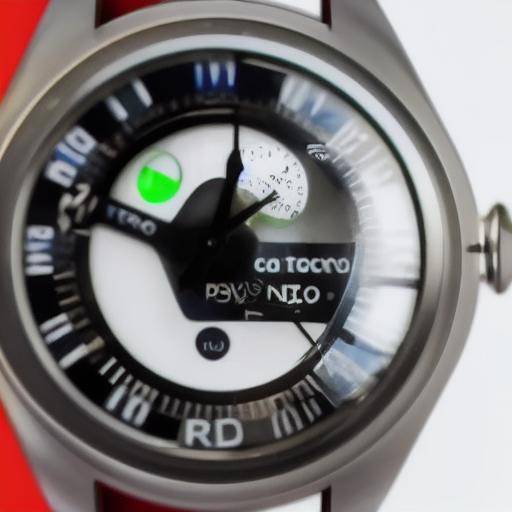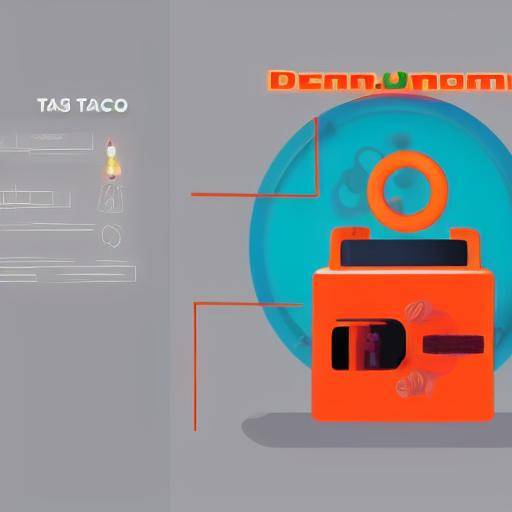
Meetings are a crucial part of the work dynamic, but they often become a waste of time because of the lack of structure and clarity in their objectives. In this article, we will explore in depth the impact of a clear agenda the effectiveness of the meetings, as well as their connection to the Time management. We will discover how the use of a well-defined agenda can transform meetings into spaces of productivity and collaboration, offering tangible benefits for both individuals and organizations.
Introduction
Effective meetings are fundamental to the success of any team or company. However, many professionals have experienced the frustration of participating in poorly managed meetings that lack leadership and focus. One clear agenda can make the difference between an unproductive meeting and one that promotes agile decision-making, the active participation of team members and the achievement of concrete results.
In this article, we will explore how clear agenda you can optimize the time of the participants, allow better follow-up on the topics discussed and contribute to the generation of creative ideas and effective solutions. In addition, we will examine the influence of a clear agenda in time management, identifying strategies and practices that can improve productivity and efficiency in the working environment.
History and Background
Clear agenda, a term that has become increasingly relevant in the current working environment, has its roots in the need to organize and conduct meetings efficiently. Throughout history, meetings have evolved from simple exchanges of information to strategic spaces for decision-making and the generation of innovative ideas.
Since the industrial revolution, meetings have become a fundamental tool in the business sphere, but their effectiveness has been questioned because of the lack of clear leadership. As organizations have sought to optimize their operations, the need for a clear agenda It has become increasingly evident.
In-depth Analysis: Current Benefits, Challenges and Trends
One clear agenda not only provides a structure for meetings, but also offers a number of concrete benefits. These include:
- Optimization of Time: A clear agenda allows participants to be prepared to discuss specific issues, minimizing digressions and maximizing productivity.
- Approach and direction: By setting the objectives and topics to be addressed, a clear agenda keeps participants focused on relevant issues, avoiding unproduced discussions.
- Equitable participation: By clearly defining the topics and assigning specific times, the equal participation of attendees is promoted, promoting the diversity of opinions and perspectives.
However, the implementation of a clear agenda also faces challenges, such as resistance to change and the need for effective communication for successful adoption.
Comprehensive Examination
Implementation of a clear agenda extends beyond its use in conventional meetings. In the field of time management, a well-defined agenda can be a powerful ally to optimize daily productivity, allowing a more equitable distribution of time between different tasks and priorities.
Comparative Analysis
When comparing meetings with and without a clear agenda, the benefits become evident. Effective meetings, guided by a clear agenda, tend to generate tangible results and contribute to the achievement of organizational goals, in contrast to the disorganized meetings that often result in a waste of time and energy by participants.
Conclusion
In conclusion, one clear agenda plays an essential role in meeting effectiveness and time management in the working environment. Its implementation can transform unproductive meetings into spaces of effective collaboration and informed decision-making. By adopting a clear agenda, organizations and working teams can maximize the value of their meetings and foster an enabling environment for innovation and results.
FAQs
1. What is the impact of a clear agenda on the participation of members in a meeting?
A clear agenda can increase the participation of members by providing clear leadership on the issues to be addressed. When participants know exactly what will be discussed, they are more prepared and willing to participate actively.
2. How can a clear agenda be effectively implemented in team meetings?
Effective implementation of a clear agenda requires defining clear objectives, assigning specific times for each topic and communicating it to the participants. It is also important to foster an environment in which the agenda is respected and equitable participation is valued.
3. What impact does a clear agenda have on individual and collective productivity?
A clear agenda can improve individual productivity by allowing effective time distribution and aligning activities with the objectives of the meeting. At the collective level, it helps to generate concrete results and advance towards the objectives of the team or organization.
4. What are the main challenges in implementing a clear agenda in meetings?
One of the main challenges is resistance to change, as some people may be used to a less structured meeting format. In addition, effective communication and the ability to adapt to unforeseen are key aspects to consider.
5. How does a clear agenda relate to time management in the working environment?
A clear agenda and time management are closely related, as both seek to optimize productivity and ensure that activities are carried out efficiently. A clear agenda acts as a guide to the effective distribution of time during meetings and beyond.
6. What are the best practices to develop a clear agenda that suits the needs of a team or company?
Best practices include clearly defining the objectives of the meeting, assigning specific times for each topic, communicating the agenda in advance, promoting equitable participation and making adjustments according to feedback from participants.
In short, one clear agenda is a powerful tool that can transform the dynamics of meetings and time management into the working environment. By understanding their importance, benefits and challenges, professionals and business leaders can implement effective practices that promote productivity and collaboration in their work teams. With one clear agenda, meetings can become powerful catalysts of change and progress in any organization.

